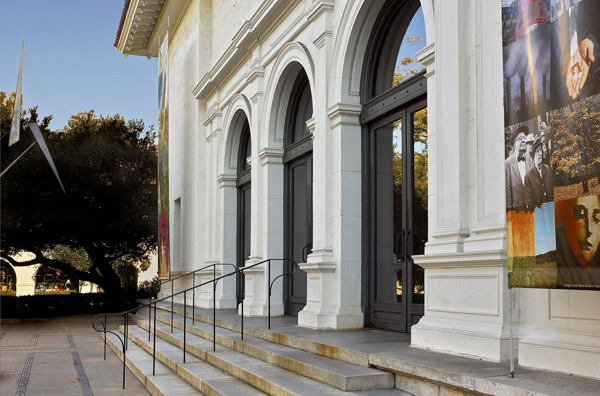Box in the Form of Double Peach
Box in the Form of Double Peach
- fruit
- plants
- insect
- Asian
- Japanese
Japanese Lacquer
Lacquer is the sap of the Rhus verniciflua tree, a species closely related to poison ivy, which is native to both China and Japan. This natural resin is used to protect and decorate objects. Lacquer is most commonly applied to a wooden core, but can also be used with woven bamboo, clay, metal, porcelain, or fabric. In the 18th century, Europeans so admired these lustrous objects that they referred to lacquer simply as "japan" just as the term "china" has come to indicate porcelain.
Raw lacquer is toxic, and the art of lacquering requires the utmost patience and care in handling. The finest lacquers are usually comprised of many thin coatings. Each layer is allowed to harden before the next is applied. While the Chinese prefer the aesthetics of carved lacquer, the Japanese developed decorative designs from sprinkling gold or silver powder over wet lacquer, a technique known as maki-e, literally “sprinkled picture.”
The unusual form of this elegant small box is indicative of the skill and inventiveness of Edo period lacquer designers. The double peach denotes wishes for happiness in marriage.














